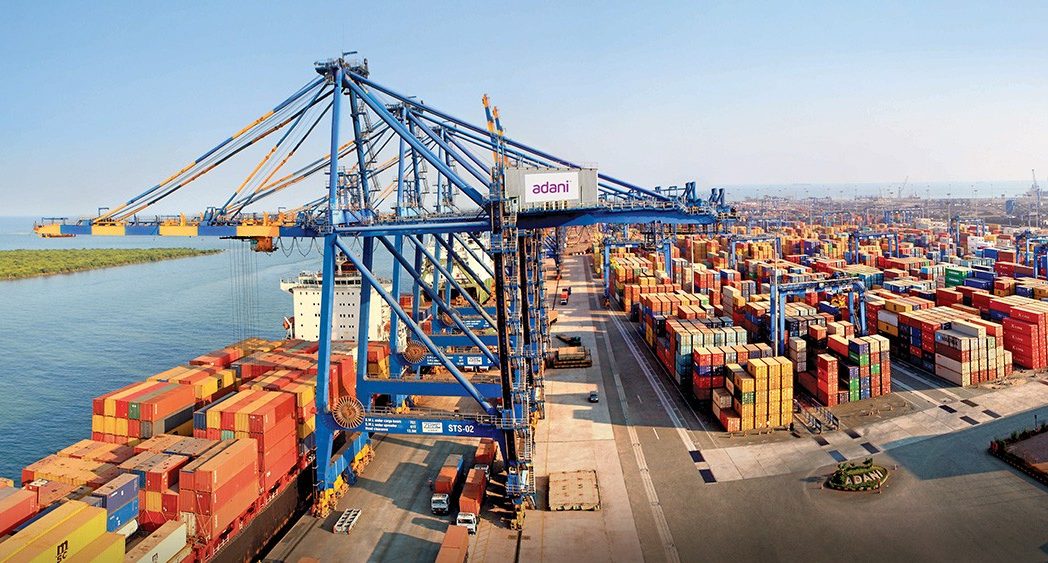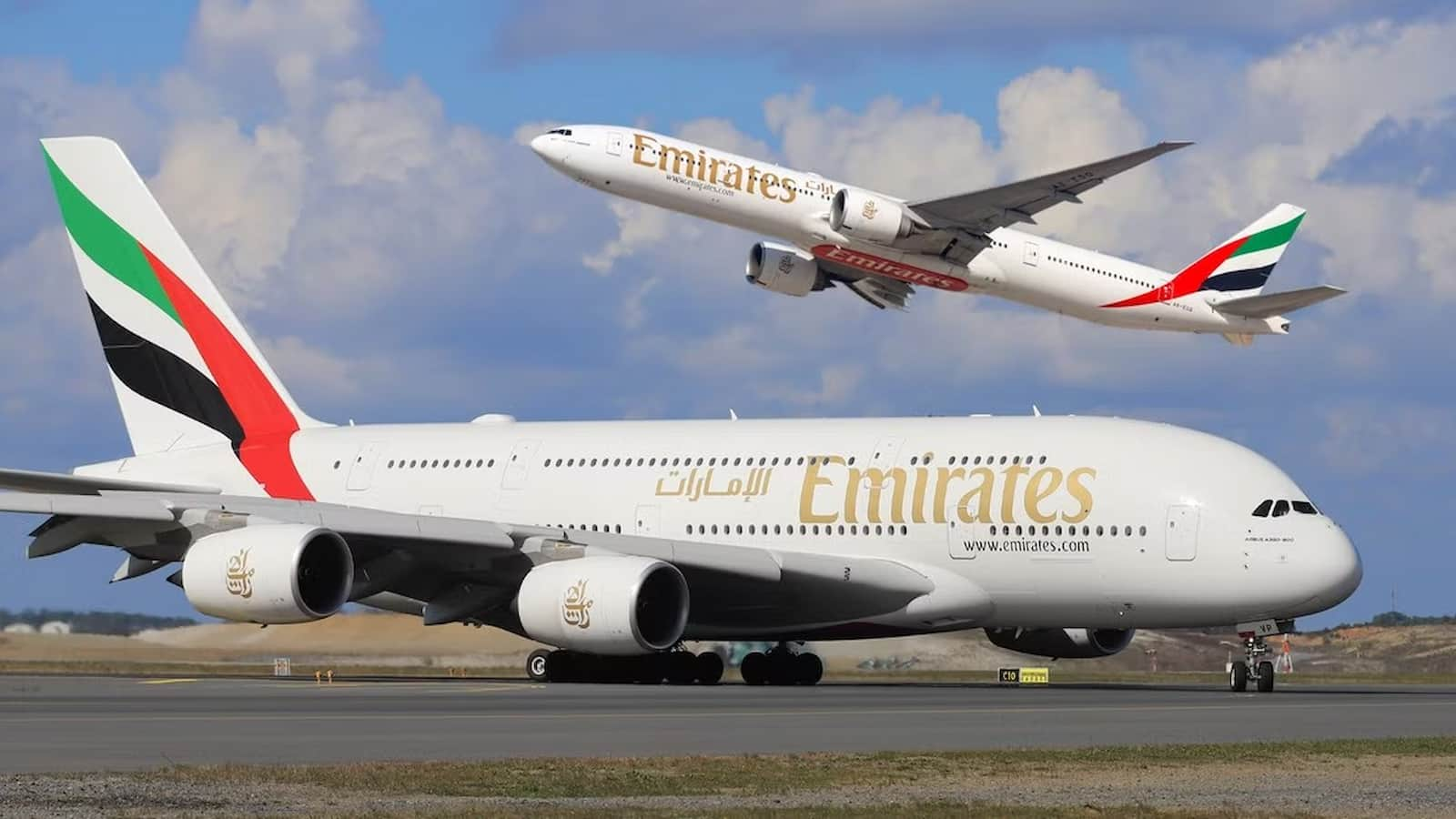The global energy landscape is once again facing turbulence as Russian oil loading volumes for Indian ports have reportedly fallen by nearly half, triggered by rising concerns around possible new US sanctions. India, one of the largest buyers of discounted Russian crude since 2022, is now navigating a complex mix of geopolitical pressure, supply-chain adjustments, and rising market uncertainty.
1. Background: India’s Rise as Russia’s Top Oil Buyer
Since the Ukraine conflict escalated in 2022, India emerged as a primary destination for heavily discounted Russian crude. With Western nations imposing sanctions and price caps, Moscow redirected its supply to Asia, where India and China absorbed majority volumes.
India’s refiners—both public and private—benefited significantly from these discounts, refining Russian crude into products like diesel, gasoline, and ATF and exporting them at global prices.
However, this profitable trade route now faces major disruptions due to looming US sanctions targeting Russia’s shadow fleet, shipping networks, and financial intermediaries involved in bypassing the price cap.
2. What Triggered the Recent Drop in Russian Oil Loading?
According to recent shipping and cargo reports, Russian oil loading for Indian ports has halved, driven by:
Fear of Stricter US Enforcement
The US has repeatedly warned that any entity transporting Russian oil above the price cap using Western services will face consequences.
- Tanker companies
- Insurers
- Financiers
are all at risk.
These warnings intensified after the US Treasury blacklisted several vessels linked to Russia’s shadow fleet.
Shipping Bottlenecks and Documentation Checks
Cargo documents now face increased scrutiny. Shipping lines hesitate to load crude without proper price-cap compliance certificates. Many shadow-fleet tankers also stopped operations temporarily to review their compliance risk.
Payment and Banking Challenges
Banks handling oil payments are re-evaluating exposure. Some have delayed or blocked Russian oil transactions where they feel compliance could be questioned.
Seasonal Maintenance at Russian Ports
Although not the primary cause, minor seasonal maintenance in Baltic and Black Sea terminals contributed to reduced loading capacity.
3. How Much Has the Decline Affected India?
Pre-sanctions concerns, India received 1.7 – 1.9 million barrels per day (bpd) of Russian crude.
With the loading drop, inbound cargoes may fall to 900,000 – 1 million bpd—a significant decline.
This directly affects:
- Refinery run rates
- Product export margins
- Domestic fuel pricing strategies
- India’s diversification efforts toward Middle Eastern suppliers
4. Rising US Pressure: What Exactly Is Washington Targeting?
The US is not sanctioning India directly but intends to tighten compliance on vessels and intermediaries involved in Russia’s oil supply chain.
Target: The Shadow Fleet
Russia’s shadow fleet of old tankers—many operating with weak insurance or flagged under obscure registries—is under direct scrutiny.
Target: Non-Price-Cap Transactions
Washington is focusing on cargoes sold at above $60 per barrel using Western insurance or services.
Target: Financial Channels
Banks in the UAE, China, India, and Turkey that indirectly facilitate payments are now being watched closely.
Goal: Reduce Moscow’s Revenue
The objective is to limit Russia’s ability to fund its war efforts by curbing oil trade loopholes.
5. India’s Dilemma: Balancing Strategic Autonomy & Energy Security
India has firmly stated that it will act based on national interest, continuing Russian oil purchases as long as they remain economically viable. However, India’s position is now more complex.
India Needs Affordable Energy
With rising domestic demand and a growing economy, India relies heavily on discounted crude.
But India Also Values US Relations
India-US cooperation in defense, tech, investments, and diplomacy has strengthened significantly.
India May Diversify Without Severing Russian Ties
New Delhi is likely to:
- Increase Middle East imports (Iraq, Saudi Arabia, UAE)
- Seek more African crude (Nigeria, Angola)
- Maintain core Russian supply but with caution
6. Impact on Global Oil Prices
With Russian flows to India dropping, global markets reacted immediately.
Brent & WTI Firm Up
Expect slight upward pressure on prices due to reduced supply in Asia.
Alternative Grades Get a Demand Boost
Iraqi Basra, Saudi Arab Light, and UAE Murban are expected to gain demand from Indian refiners.
Freight Rates Climb
Longer routes, shifting cargoes, and fewer shadow tankers result in:
- Higher freight costs
- Congestion in major shipping lanes
Market Volatility Increases
Uncertainty around sanctions typically leads to speculative trading and price volatility.
7. How Indian Refineries Are Responding
Refiners are adapting using multiple strategies.
Faster Sourcing from Middle East Suppliers
PSU refiners already have term contracts with Saudi Aramco, ADNOC, and Iraq’s SOMO.
Private Refineries Exploring Short-Term Deals
Reliance and Nayara—which rely heavily on Russian crude—may temporarily shift to spot purchases from Africa and South America.
Mixed Crude Blending Adjustments
Some refiners are optimizing blends to manage higher sulfur levels or varying density profiles when shifting away from Russian grades.
Watching Shipping Insurance Closely
Refiners insist suppliers guarantee full compliance with price-cap mechanisms.
8. Shipping & Logistics Disruptions Explained
Shipping is at the center of the crisis.
Fewer Tankers Ready to Load
Many vessels stopped loading crude until clarity emerges on upcoming sanctions.
Higher Insurance Premiums
War-risk and sanction-risk premiums increased sharply.
Route Reconfiguration
Some cargoes may reroute to China or Turkey instead of India.
Operational Delays at Ports
Document verification is slowing down loading operations at Russian ports like:
- Primorsk
- Ust-Luga
- Novorossiysk
9. Will India Face Fuel Price Inflation?
Not immediately — because:
- India holds strong diversified contracts
- Domestic pricing is adjusted gradually
- Refiners maintain inventory buffers
However, prolonged disruptions could result in:
- Higher pump prices
- Lower refining margins
- Increased import bill
- Pressure on the Indian rupee
10. Russia’s Strategy Moving Forward
Moscow is expected to take counter-measures.
Expanding the Shadow Fleet
More tankers could be acquired through third-party intermediaries.
Deeper Discounts to Retain Buyers
Russia may offer additional $3–$6 per barrel discounts to maintain demand.
Strengthening Non-Western Financial Channels
Payments via yuan, dirham, and rupee channels may increase.
More Barter & Commodity Deals
Oil-for-goods or oil-for-infrastructure deals may become more common.
11. Impact on India–Russia Relations
The drop in oil loading will not fundamentally damage bilateral ties.
The Relationship Is Strategic, Not Transactional
India imports:
- Defense equipment
- Nuclear fuel
- Fertilizers
- Crude oil
The partnership spans decades.
Temporary Supply Shocks Will Be Managed
India and Russia have successfully navigated similar crises earlier.
New Payment Mechanisms May Emerge
Local currency settlements or digital payment channels could be strengthened.
12. Broader Geopolitical Impact
The ripple effects extend far beyond energy.
US–India Diplomatic Sensitivity
Washington may pressure India diplomatically but avoid direct confrontation.
China Gains Advantage
If India reduces intake, China may receive even deeper discounts.
Europe Watches Closely
European buyers want to ensure Russia cannot bypass sanctions easily.
Middle East Becomes a Power Broker
Gulf nations may gain leverage as India increases dependence on them.











